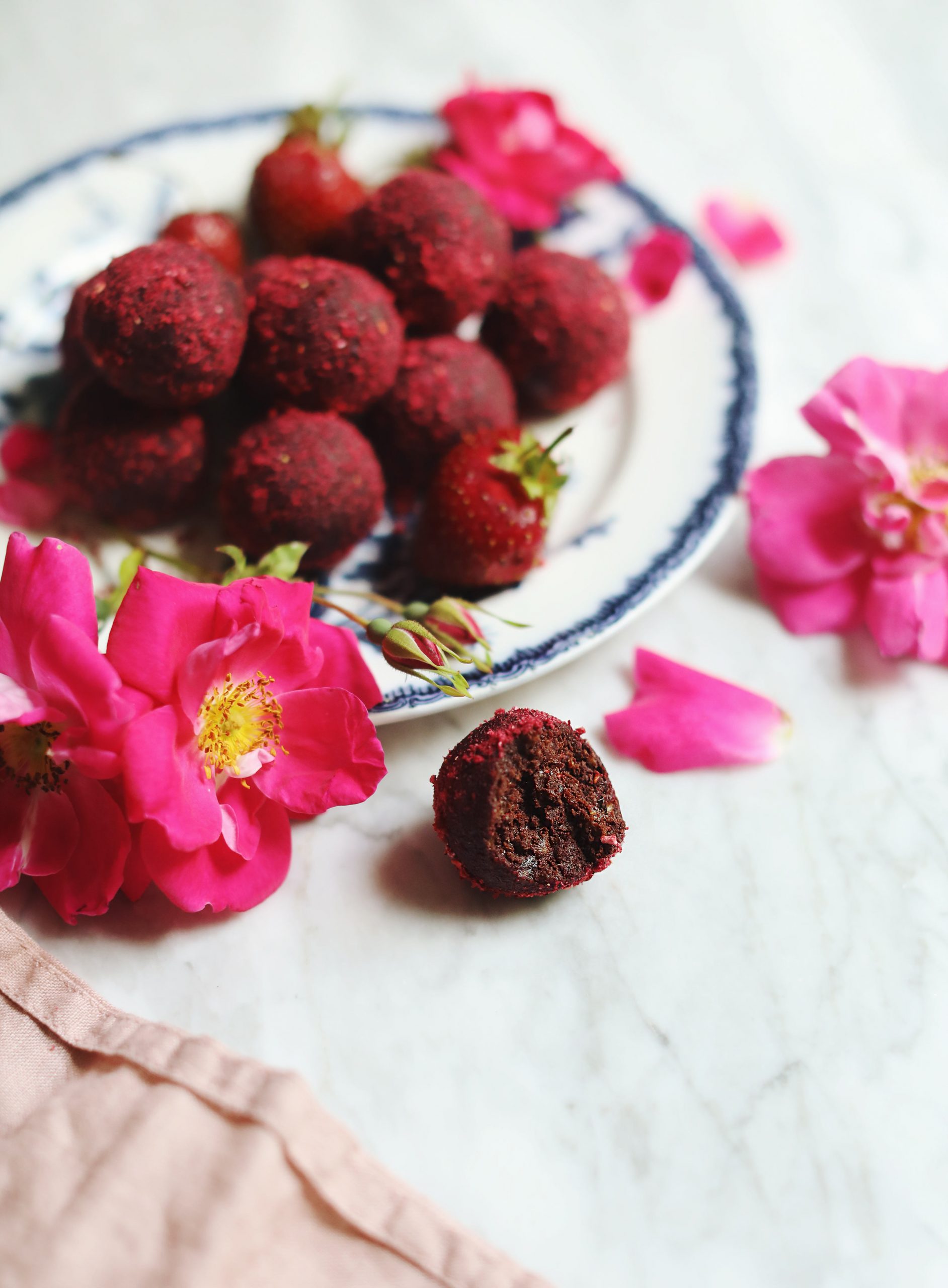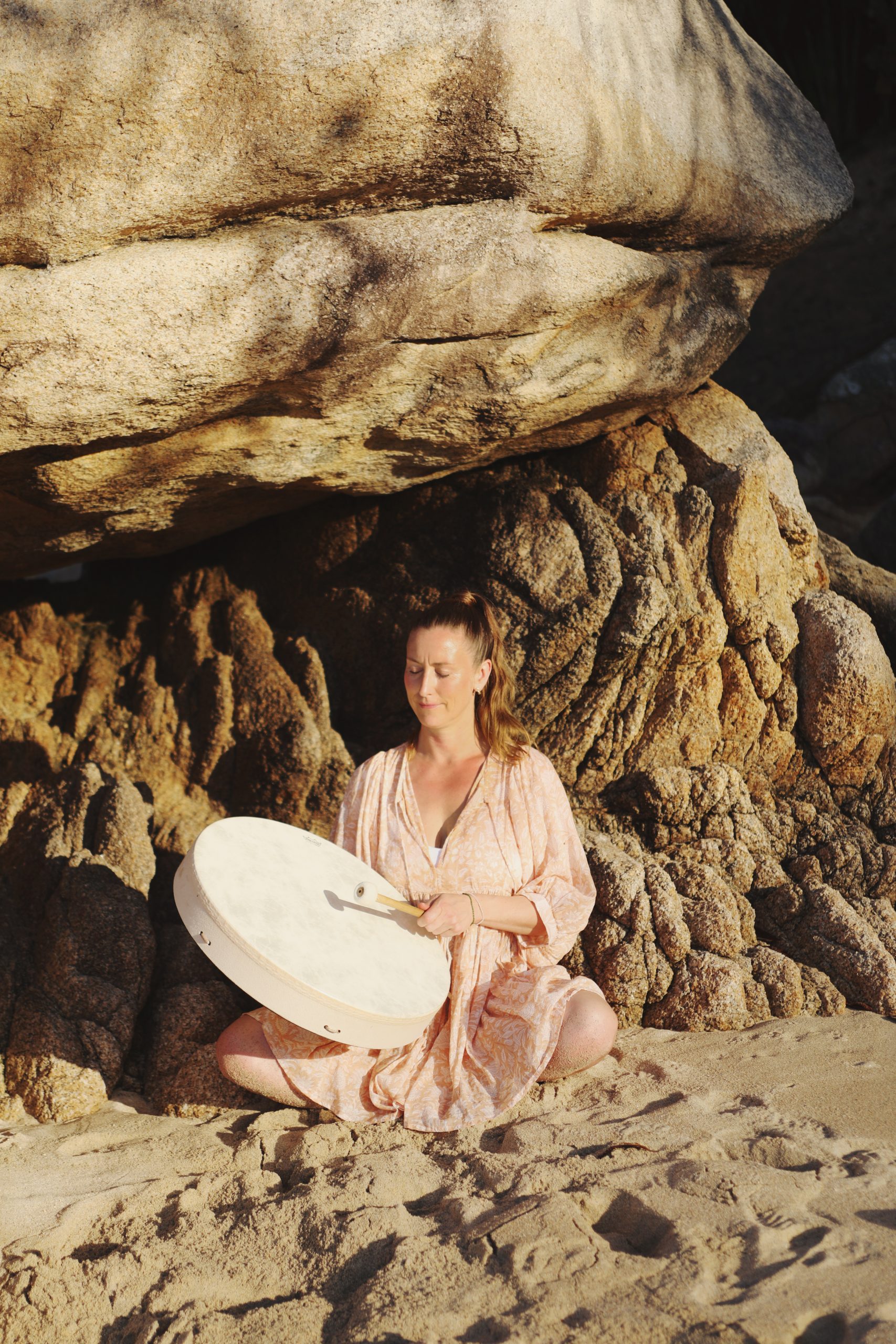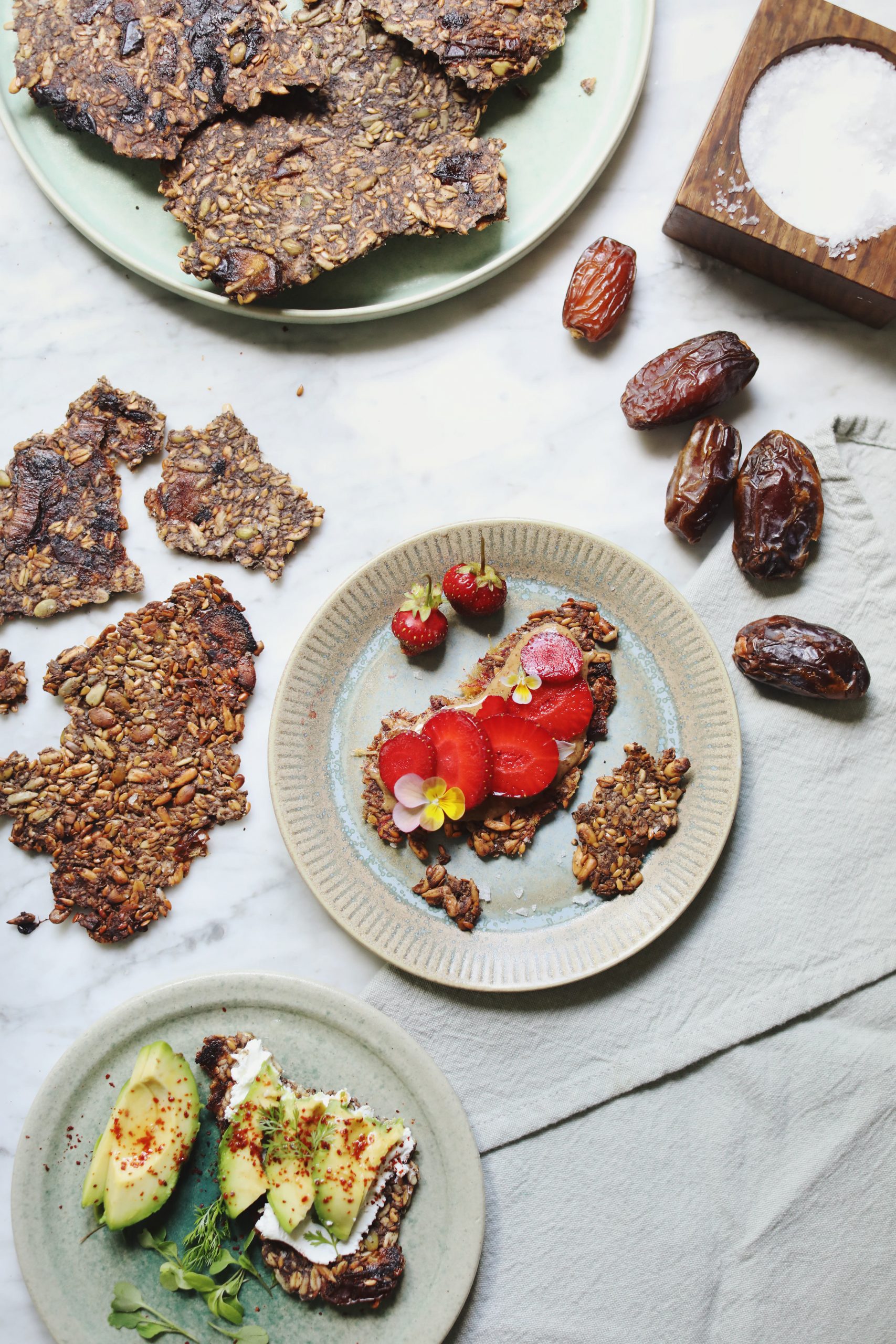Not all of us have the luxury to have soil, land, yards, or gardens to grow our our food and flowers. That should not stop you from growing something though, as there are many indoor options as well as potted / container gardening that can work if you have access to a small patio, balcony, corner of your driveway, or sunny patch of grass!
A few things to consider when you’re growing outdoors is access to airflow (too much or too little), sunlight / length of direct sunlight (too much or too little), soil type and quality, growing zone, and elevation. Not everything grows every where and though some of my favourite foods grow locally here in Canada, many simply cannot be grown here at all. Connecting to what I can grow helps me to appreciate what I cannot grow, which in turn deepens my gratitude for the energy (human and Earth!) that goes into producing each grain of rice, each berry, each nut or seed.
Outdoor Potted Plants
Choose a Container
Any container with adequate drainage holes can quickly become a gardening vessel. Though I try to avoid plastic you can use plastic buckets (choose harder plastics), terra cotta, wood, clay, glass, stone, bricks, etc. to hold the soil in place. Water will need to drain out the bottom of the pot so make sure that can happen and that the surface will not be affected by the water drainage.
Seek out Soil
Growing medium is more important for some crops, less so for others. Some plants require a lot of nutrition, others need less, some prefer more fine sandy soil and others prefer more clay / rocky soil. To start, an all-purpose organic potting mix should do the trick for most things from small compact veggies and herbs to strawberry plants and potted flowers. If organic is not available to you, any potting mix will do.
Pick your Plants
Growing lettuce is a wonderful place to start — see the whole process in my video! Other great options are herbs, edible flowers, certain tomato plants, peppers, medicinal herbs, hardy greens like kale, radishes, and more. Choose seeds that have shorter maturity times and choose compact versions if possible. You can also transplant seedlings into pots for a head start and you will forego the germination / early growth stages and instead focus on a plant that’s already off to a great start!

Raised Beds
Raised beds are a great option for those with some room, time, and desire! From small 2 x 2 boxes to substantial soil square footage, raised beds help to retain heat earlier in the season, give you more control over soil composition, help you to weed less, create beautiful garden designs, and allows for quicker turnaround between crops — as well as an increased yield in some cases! Read more here, watch a video, or check out this book for more!
Stay tuned for more about raised beds from my backyard this season
In Soil
Going from a North American lawn-based “yard” to a garden can be a challenge. Overcoming the idea that a perfectly manicured lawn with a certain mono-crop variety of grass is a sign of status and success and one frankly that I’m not entirely interested in… I’d much rather see a diversity of colours, textures, heights, shapes, that adapt, change and develop day by day! This vision in turn attracts a whole hosts of flying, buzzing, hopping, scurrying creatures that bring me immense joy and life to the outdoor space.
This however is the most challenging and nuanced type of gardening and one I look forward to continuing to learn myself. Through interviews with farmers, some experience on farms myself, and talking to garden-loving friends growing in soil changes year after year, season after season.
My advice to you is to start on a very small plot, with one or two varieties that you know thrive in your zone (perennials are the lowest maintenance generally!), and use established starter plants for the best success! Choosing a location is very important too and being close to water is also a consideration because you will inevitably need to water so the easier it is / less time it takes the more likely it is that you’ll remember and want to do it!
Common Outdoor Plant Problems
Small Garden Animals
Small animals may dig, disturb, or knock over your plants. Small cages, wires, or fencing can help this but sometimes you have to replant and try again.
Underwatering
Underwatering happens more often outside because the soil moisture evaporates quicker above ground (in pots or raised beds) where it’s warmer (during the heat of the summer!) and there’s less volume to keep it moistened. If dry to the touch when sticking a finger in the soil, if your leaves are dull and lackluster and dark green without much vitality that’s a sign of underwatering. Water heavily and thoroughly when cool and out of direct sun until drains out the bottom of the pot. Also, avoid watering harshly directly on the leaves. Try watering as close to the soil as possible to limit evaporation and to preserve plant structure and health!
Insects
Not all garden bugs are bad. If you see holes in your plant don’t to be too quick to judge that the bug on the leaf was the one who had the snack. Many beneficial insects will show up if you have an outbreak of pesky pests and they will naturally work to control the population of the insect causing the damage. A quick flip through a garden book or a google will help you to identify who’s visiting your garden and what you can do to deter them! There are some ideas in the companion planting post about plants that can deter detrimental insects.
Disease
Just like our bodies, plants are susceptible to many different ailments. From molds and mildews, to viruses and bacterial infections, weak plants will attract pests which contribute to their demise. Setting up plants for environmental success will help to limit disease but sometimes diseases will prevail. They can travel by insect, soil, air, and water but generally proper air flow, proper drainage, adequate light, and balanced nutrition – paired with the right variety – will allow for a thriving plant!
There are ways to fight infection organically (kind of like holistic / natural medicine) and also conventional / more chemically-based ways to fight infection. In my home garden, I use only natural remedies, sprays, and nutrients depending on way I’m trying to work against — it’s all about balance and I look forward to sharing more about natural garden remedies throughout the season.



